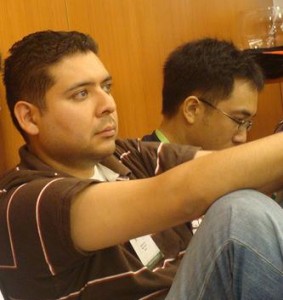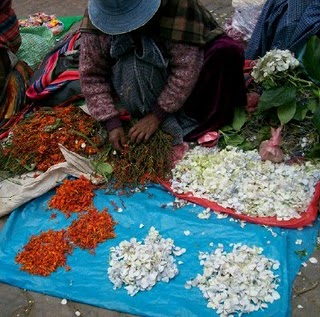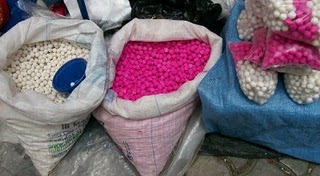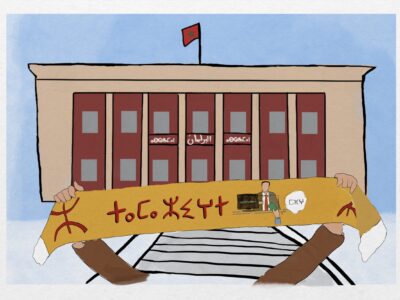Los Tiempos, a periodical from Cochabamba, Bolivia, recently took an interview of Eduardo Avila of Voces Bolivianas project. Here is an excerpt:
The project began developing workshops in El Alto, where we there were three blogs in a city of over half a million inhabitants. Voces Bolivianas (Bolivian Voices) then performed the same work in Plan 3000 in Santa Cruz, Oruro and Tiquipaya (Cochabamba).
Avila admits that the work was not easy, because few people have Internet access at home. For this reason most of the classes were given at Internet cafes.
From these digital literacy workshops, a new project called Jaqi-Aru was created, which is a virtual community promoting the use of Aymara on the Internet. There are 12 people under the leadership of linguist Ruben Hilari Quispe, who voluntarily translate texts from other languages into Spanish and Aymara.
Los Tiempos also quoted Hilari and Quispe:
“In Bolivia there are 2.5 million speakers of Aymara and in South America there are an estimated 5 million, but there is very little material in our language. That's why the 12 people on the team are dedicated to selecting one or two articles each month and put them on the website www.jaqi-aru.org,” said Hilari. “Through the Internet we also raise awareness of the knowledge, science and culture that developed the Aymara language and that only scholars know,” says Edwin Quispe Quispe, who belongs to the Jaqi-Aru team.
Cristina Quisbert at Bolivia Indigena writes about the Martes De Ch'alla celebrations:
For this long carnival in the streets of El Alto and other cities, you can find the supplies needed to perform this ritual of being in relationship with mother earth. Nearby, one can find flowers of different colors, a bunch for 1 Boliviano (national currency) with a yapa (extra) included. Similarly, confetti in white, yellow, blue, pink and other colors, large and small, a pound of grades for 4 Bolivians or in bags of two, four or five Bolivianos. Also, alcohol or artisanal wine to be used to pour in the four corners of a property or house. Others prefer to buy streamers, balloons, flags or other decorations.
She shares a video of the forgotten songs being performed at the stage on the occasion of the carnival.
Alberto Medrano at El Alto Noticias posts a series of articles and videos of the carnival:
* Shanyra Zabala, El Alto Carnival Queen 2010
* Carnival in Bolivia: Corocoro “Cradle of C'UT”
* Images of the carnival in the Andean city of El Alto
Hugo Miranda also writes about the carnival in Oruro.
Mario R. Duran at Palabras Libres blog informs that a BarCamp in El Alto is shceduled on March 13, 2010. The venue will be the Universidad Publica de El Alto.


![jaqi aru [640x480]](https://rising.globalvoicesonline.org/files/2010/02/jaqi-aru-640x480.jpg)





2 comments
This post is now in spanish:
Este post está ahora en español:
http://es.globalvoicesonline.org/2010/03/11/voces-bolivianas-carnaval-y-jaqi-aru/